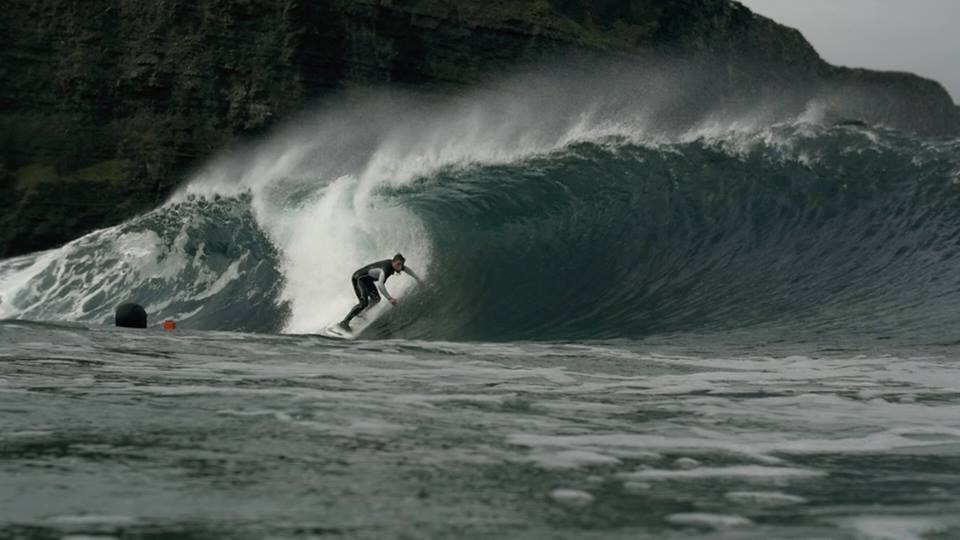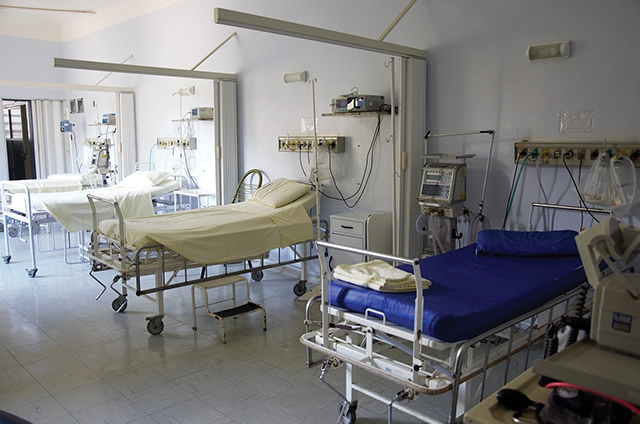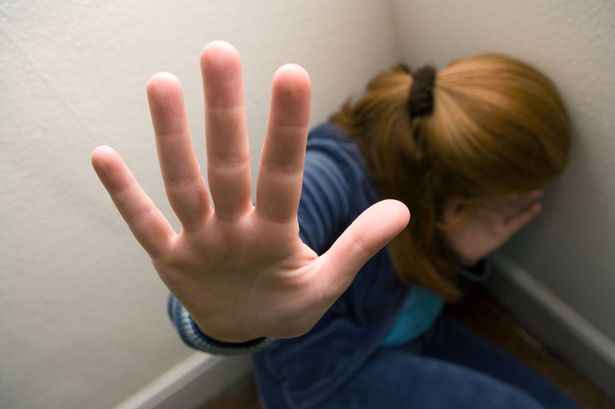
[dropcap]R[/dropcap]oaring waves crash against the ragged cliffs. Seagulls sail on wild Atlantic gusts. Tiny black specks paddle across the white foam on their surf boards, only to be heaved over the lip of a towering wave. The startling opening shots of the documentary Between Land and Sea show the unrelenting force of Ireland’s Atlantic coast. This natural theatre inspires awe and fear.
Director Ross Whitaker charts one year in the lives of people living in the County Clare surf resort of Lahinch. Summer bustles with tourists, while winter is eerily dark and quiet.
Most of the characters are passionate surfers in their 20s and 30s. To them, the sea is their playground. They are willing to face the challenges of living in rural Ireland in order to have this at their doorstep. One example is Tom and his wife Raquel, who live with their young daughter in a small cottage near Lahinch. He works part of the year as an engineer in mines, while she makes designer soap.
Raquel admits that the country life gets lonely at times. Tom talks about his life in Lahinch as a holiday, where he surfs as much as he can. Meanwhile, his work in the mines is necessary to sustain his lifestyle. The theme of duty versus pleasure, work versus freedom, the land versus the sea, runs through all the portrayals of the characters.
Where the movie falls short is the fact that Raquel is the only woman voice among about half a dozen characters. And even her story is shown mainly in relation to her husband’s. This reinforces the already male-dominated world of surfing. Are there no women surfers or other noteworthy women in Lahinch?
Director Ross Whitaker addressed this in a Q&A after a showing at the IFI last Sunday. He said that he had two women surfers that he planned to include in the film, but both of them pulled out with little notice after a few months of filming.
Bar Raquel, none of the partners of the other people wanted to appear on camera. Whitaker said that the surfing community can be very suspicious of outsiders. “Often surf films can be very exploitative,” he said. “Producers come in, film the surfers riding an amazing wave and then leave again. I wanted to show the other, more mundane and difficult sides of the surfing life too.”
Despite this story being told almost only by men, the film does capture this duality well. It shows the struggle of people who have chosen to live in rural Ireland to pursue their passion for surfing. However, the film wouldn’t work without the exceptional camera work by Whitaker and camera man Kevin Smith, who is a surfer himself. You get to see surfers up close against the backdrop of the Cliffs of Moher. Being so close to the action, you hold onto your seat in the hope that the massive waves don’t swallow them whole.
The stories and images of this documentary make you appreciate Ireland’s west coast anew, whether or not you’re into surfing. They give you a glimpse into rural life, into the difficult but beautiful reality of it, beyond any hackneyed Fáilte Ireland clichés.
Kevin Duggan



